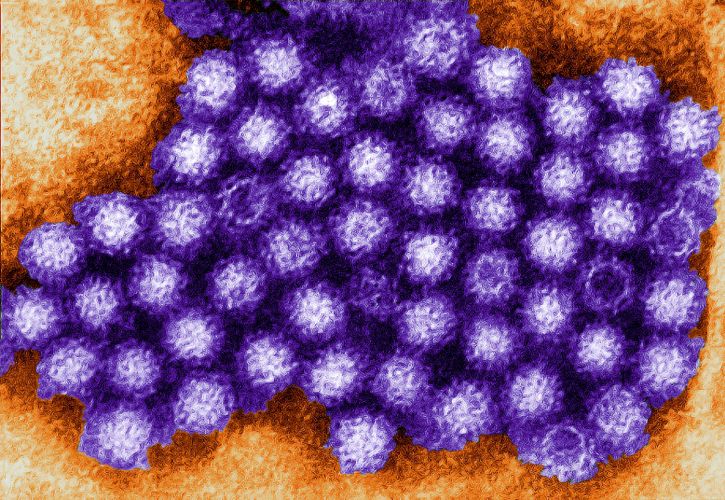
Human noroviruses are a leading cause of gastroenteritis globally and inflict a considerable public health burden. The viruses are easily transmitted, sometimes through foods, but also person-to-person. The virus causes intense vomiting and diarrhea, which can result in horrible outcomes in certain populations – especially the elderly and children. One of the many challenges in controlling this threat is the ability to rapidly detect the virus in people or the environment so that measures can be taken to stop the spread of the virus.
The traditional technique used for this is not readily deployable in many settings where the virus may be found, like restaurants, nursing homes, and food preparation centers. This traditional technique relies upon amplification of a segment of the virus genome, which makes it capable of detecting a very small amount of virus. However, the technique requires a large, expensive piece of equipment, electricity, a freezer for the chemicals used in the reaction, and takes at least one hour to complete. While the virus is so easily transmitted, it takes a significant amount of time to send samples to a lab and then tested for a result. Thus, having a rapid, portable method capable of detecting the virus is crucial to stopping its spread.
Researchers at North Carolina State University and the University of Massachusetts have developed a Norovirus assay using a technique called Recombinase Polymerase Amplification (RPA), that shows promise for achieving this. RPA amplifies the virus genome using enzymes that operate at body temperature without the need for altering the temperature like the traditional technique. Because the method requires maintenance of a general, low, constant temperature, it requires considerably less electricity – meaning that portable solar-powered batteries could be used for it.
In one report, this technique has been applied to another pathogen using a researcher’s body heat to power the reaction. In addition to being portable, the method takes 20 minutes or less to amplify the viral genome – much less than the hour or greater demand of the traditional method. Another advantage of this method was its ability to tolerate other chemicals present in samples that inhibit the traditional method. Because it was so tolerant, the researchers were capable of detecting norovirus in patients’ stool by directly boiling the stool without additional preparatory steps. This saves a large amount of time and additional equipment needed for the sample preparation traditionally used.
Overall, this new method would enable portable detection of norovirus from a patient sample in under 30 minutes total. Because the method is amplification-based, it is better able to detect a small number of viruses in a sample. This ability is crucial for detecting noroviruses in food and environmental samples, as the number of viruses found in the samples is often low.
Future work will involve increasing the ability of the assay to detect additional strains of norovirus. Additional evaluation of the performance of this method when used for food and environmental samples is also being performed. Further optimization of this method and its applicability to other samples is currently underway, and it has the potential to yield powerful results in the fight against this ubiquitous pathogen.
These findings are described in the article entitled Development of a Recombinase Polymerase Amplification Assay for Detection of Epidemic Human Noroviruses, recently published in the journal Scientific Reports. This work was conducted by Matthew Moore and Lee-Ann Jaykus from North Carolina State University and the University of Massachusetts.









